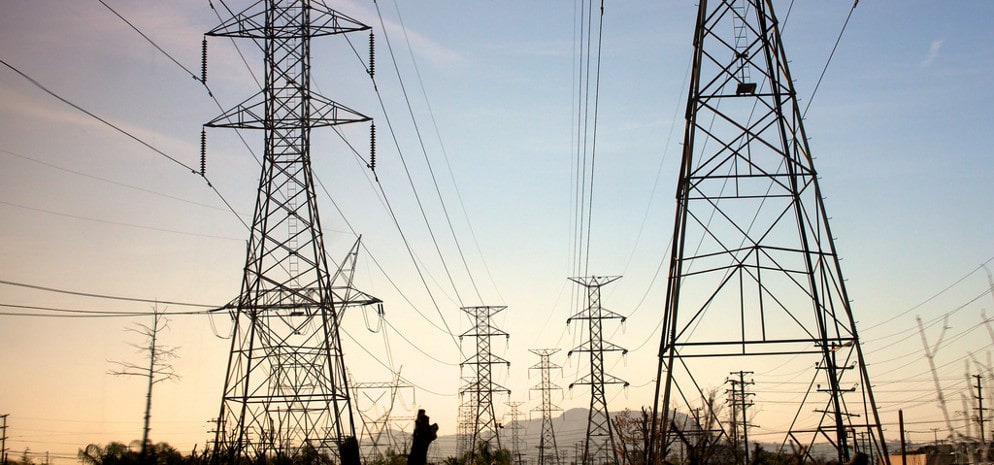Tonight reporters received the final version of the study ordered by U.S. Energy Secretary Rick Perry in April, which called for an investigation into the reliability of the U.S. power system, the role of subsidies and the retirement of “baseload” thermal power plants.
Given the Trump Administration’s extreme rhetoric and fondness for energy mythology, the final 151-page study is comparatively restrained, sober and in line with the findings of many other studies on these topics that have been produced by grid operators and analysts. However, a deeper look showed arguments that may be used to prop up un-needed coal and nuclear power plants.
Less mythology than expected
Head of GTM Research Shayle Kann described the study as a “fairly well-evidenced overview of electricity markets as they stand today, the causes of coal and nuclear retirements to date, and the issues surrounding reliability and resiliency moving forward”.
“With some exceptions (for example, the fact that this 187 page document on the electricity market never uses the term “climate change”), this reads to me like a report that could have been issued by the Obama-era DOE,” Kann told pv magazine.
Among the key concerns that many had expressed is that the study would blame renewable energy for the retirement of coal and nuclear power plants, however contrary to Administration talking points the report correctly identifies that increased low-cost gas generation, not renewable energy, is the main factor to date.
No clear path for support of coal
Many also expected the report to call directly for mechanisms to protect coal, in line with Trump Administration rhetoric and relationships with the coal industry. GTM’s Kann notes that there are lines regarding the need to reward reliability and resiliency-enhancing attributes, but notes that this does not necessarily mean support for coal.
“This is not a clear path, and any resulting market support for such attributes could just as easily provide value for energy storage, microgrids, market integration, transmission infrastructure, etc.,” explains Kann.
This more restrained tone also comes in the wake of President Trump and Perry’s DOE declining to act on a request by coal producer Murray Energy to use emergency powers to put a two-year moratorium on the closure of coal plants.
Overstated challenges with renewables
However, this does not mean that the study is not politically motivated, and this shows in some areas. Trade group Advanced Energy Economy (AEE) notes that, like many of the statements put forward by the Trump Administration, the report reflects outdated views on the integration of renewable energy and repeats energy fallacies.
“This report seriously overstates the challenges associated with new energy resources,” notes AEE CEO Graham Richard. “It also implies that certain power plants now losing out in the marketplace make an irreplaceable contribution to reliability and resilience, which is not the case.”
“Our nation’s grid operators themselves have said they are facing no difficulty in managing an increasingly diverse set of resources, and that they will have no difficulty maintaining reliability as uncompetitive power plants inevitably retire.”
Markets vs. baseload
One significant conclusion of the report is the statement that “market designs may be inadequate given potential future challenges”. This broad statement echoes complaints made by independent power producers, as well as hints by incoming Federal Energy Regulatory Commission (FERC) Chair Neil Chatterjee that suggest future actions to prop up coal and nuclear power.
However, both analysts and clean energy trade groups have pointed out that so far wholesale markets are doing what they are supposed to. “What is happening in our power grid is a natural process of technology progress and market competition,” states AEE CEO Richard.
“That process should be allowed to continue, not be distorted by this Administration’s preference for ‘baseload’ resources over the flexible resources that are modernizing the electric power system.”
This content is protected by copyright and may not be reused. If you want to cooperate with us and would like to reuse some of our content, please contact: editors@pv-magazine.com.









By submitting this form you agree to pv magazine using your data for the purposes of publishing your comment.
Your personal data will only be disclosed or otherwise transmitted to third parties for the purposes of spam filtering or if this is necessary for technical maintenance of the website. Any other transfer to third parties will not take place unless this is justified on the basis of applicable data protection regulations or if pv magazine is legally obliged to do so.
You may revoke this consent at any time with effect for the future, in which case your personal data will be deleted immediately. Otherwise, your data will be deleted if pv magazine has processed your request or the purpose of data storage is fulfilled.
Further information on data privacy can be found in our Data Protection Policy.